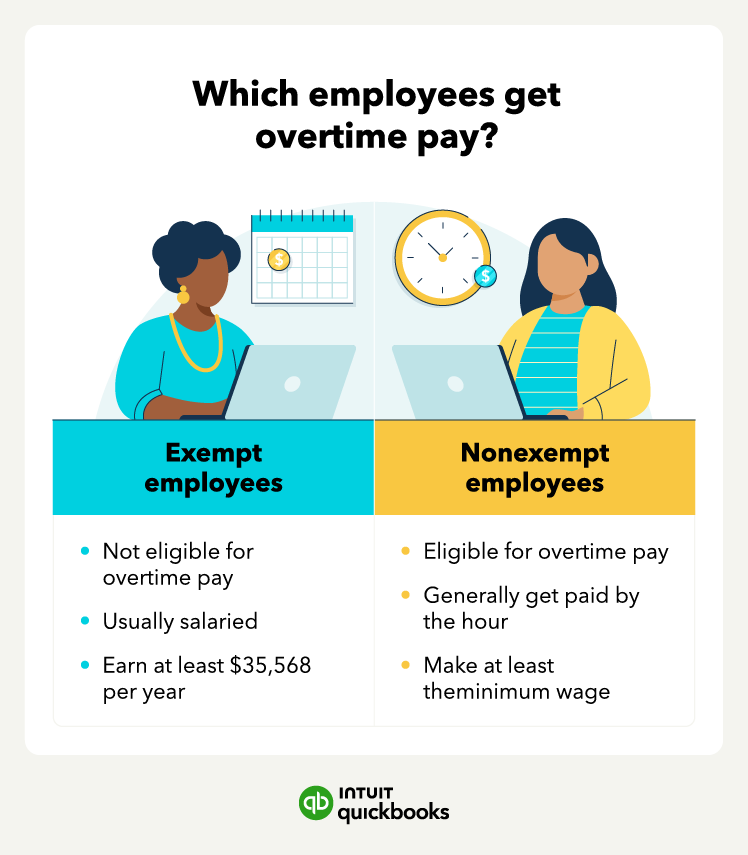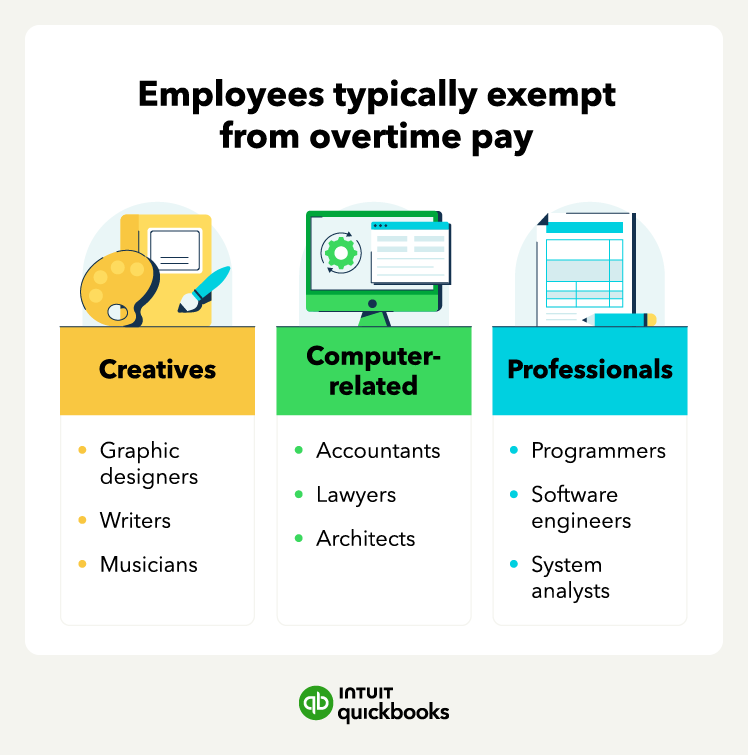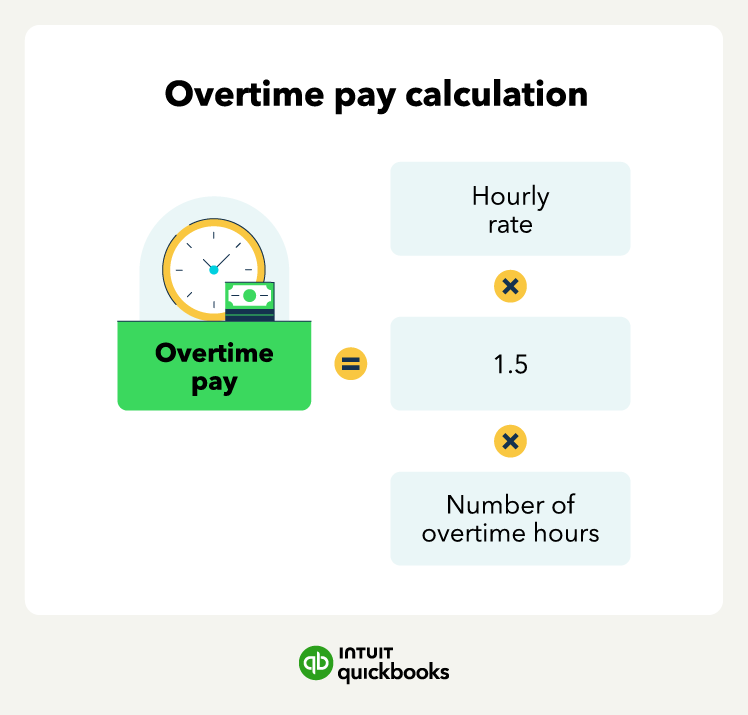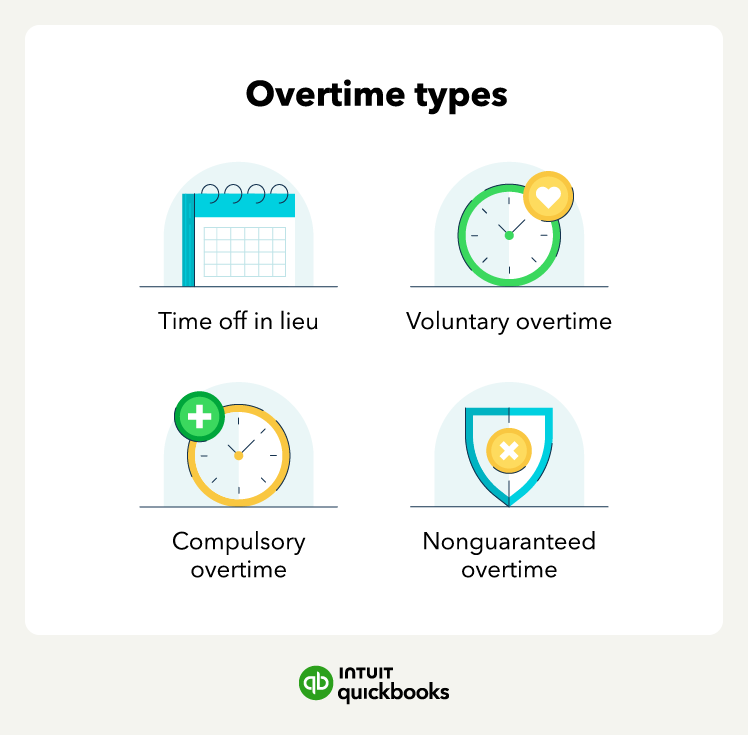What to include in your overtime pay policy
An overtime pay policy should state when you allow overtime, the authorization requirements for overtime pay, and what happens when workers ignore the policy. Also, include clear instructions and consequences for employees, managers, and supervisors.
Your overtime policy should include:
- Amount of overtime employees can work
- How employees can get overtime authorized
- What will happen if employees ignore the policy
Remember, overtime policies are only effective when you apply them consistently. Many business owners make the mistake of discussing overtime policies and employee expectations during onboarding—and never again. Employees get much new information during this time and can forget specifics. Also, have your overtime policy in your policies and procedures manual.
The most important thing is to make sure you tie your policies to legitimate business needs. Failing to do so could result in discrimination allegations. To avoid this, make sure your policies are task-oriented and uniform. Avoid anything that could be discriminatory.
For example, if two employees are doing the same job, you cannot allow one to work overtime and not the other. It’s fine to have different wages, but it’s not fine if one employee gets preferential treatment.





